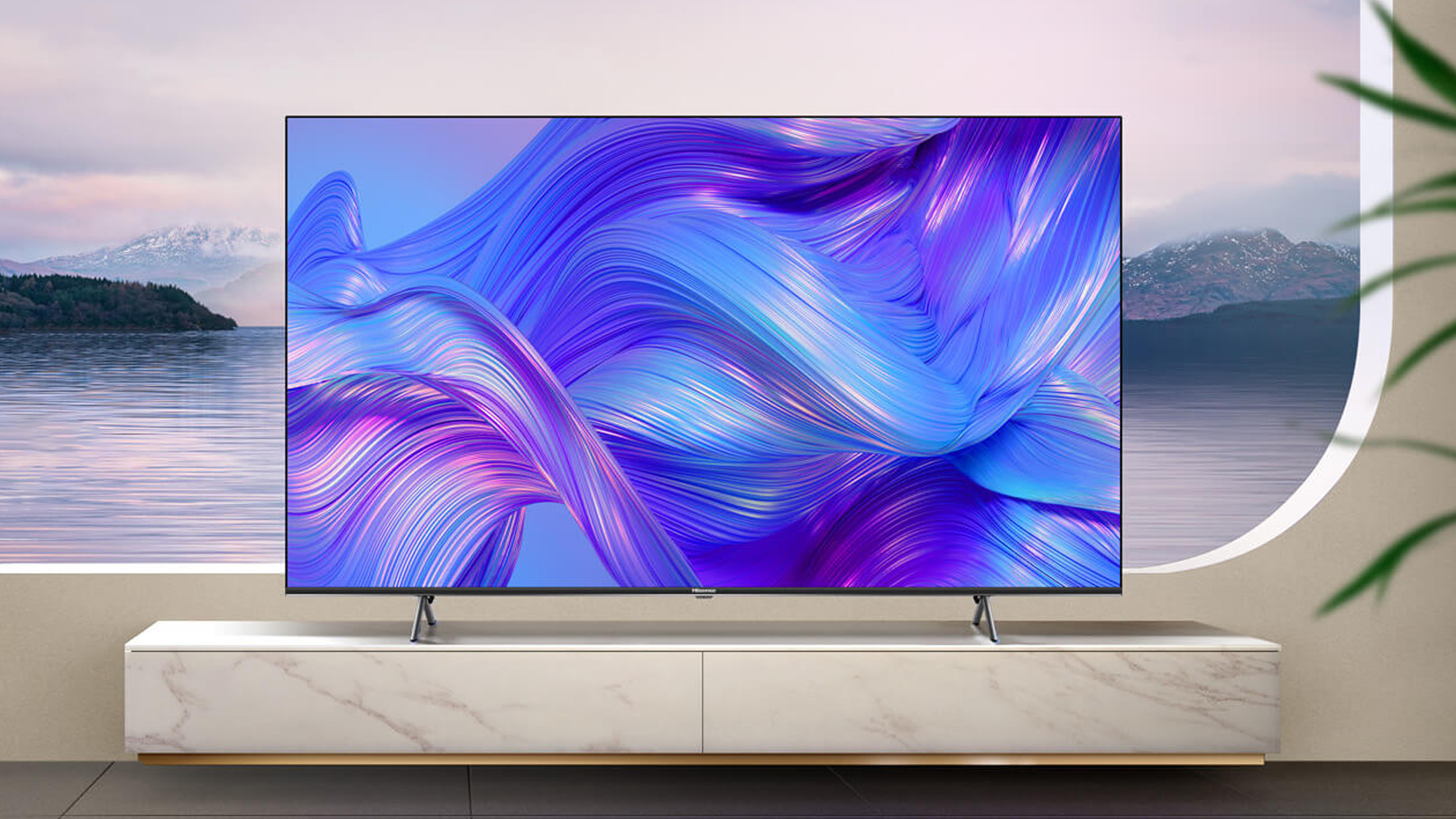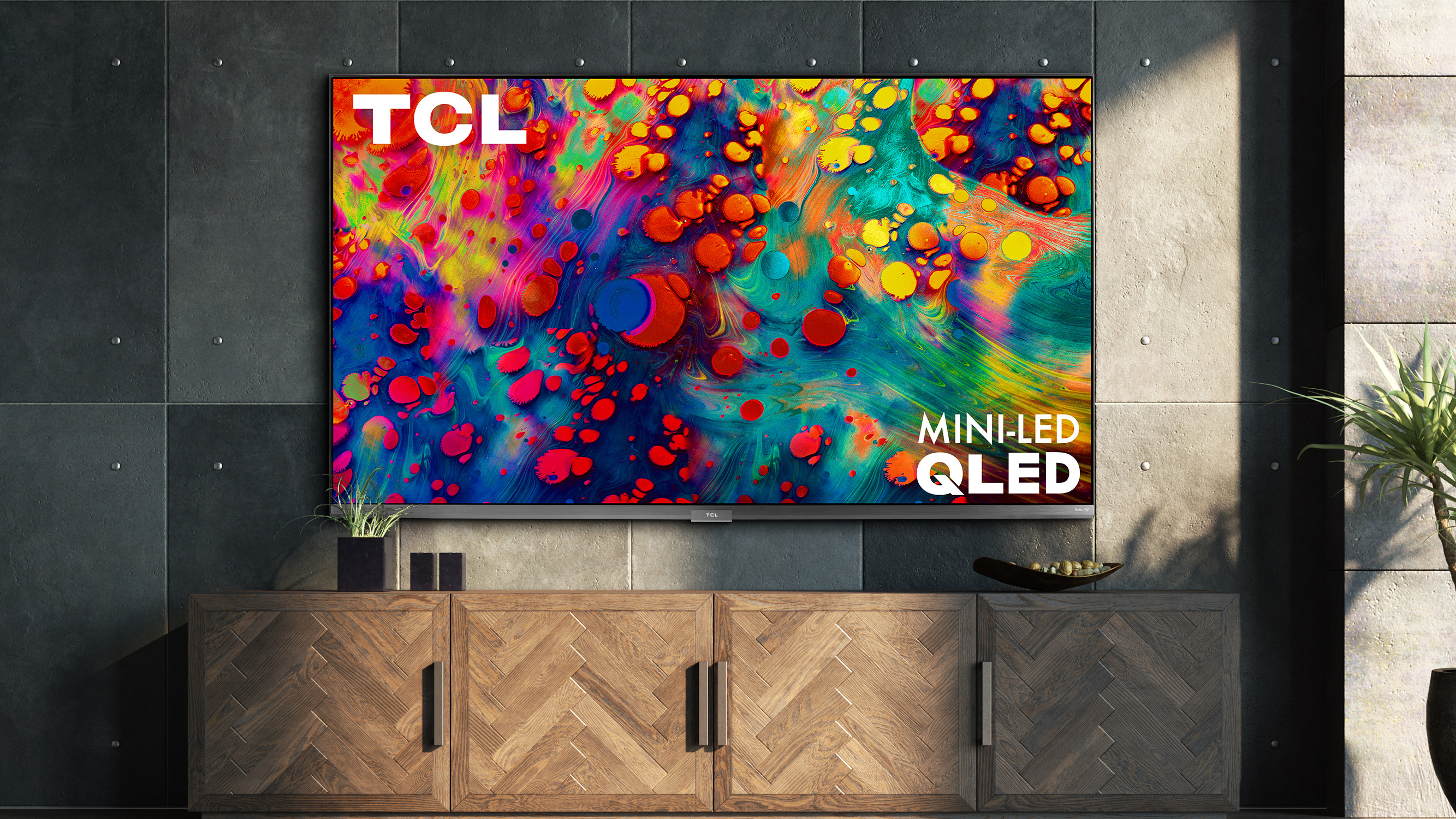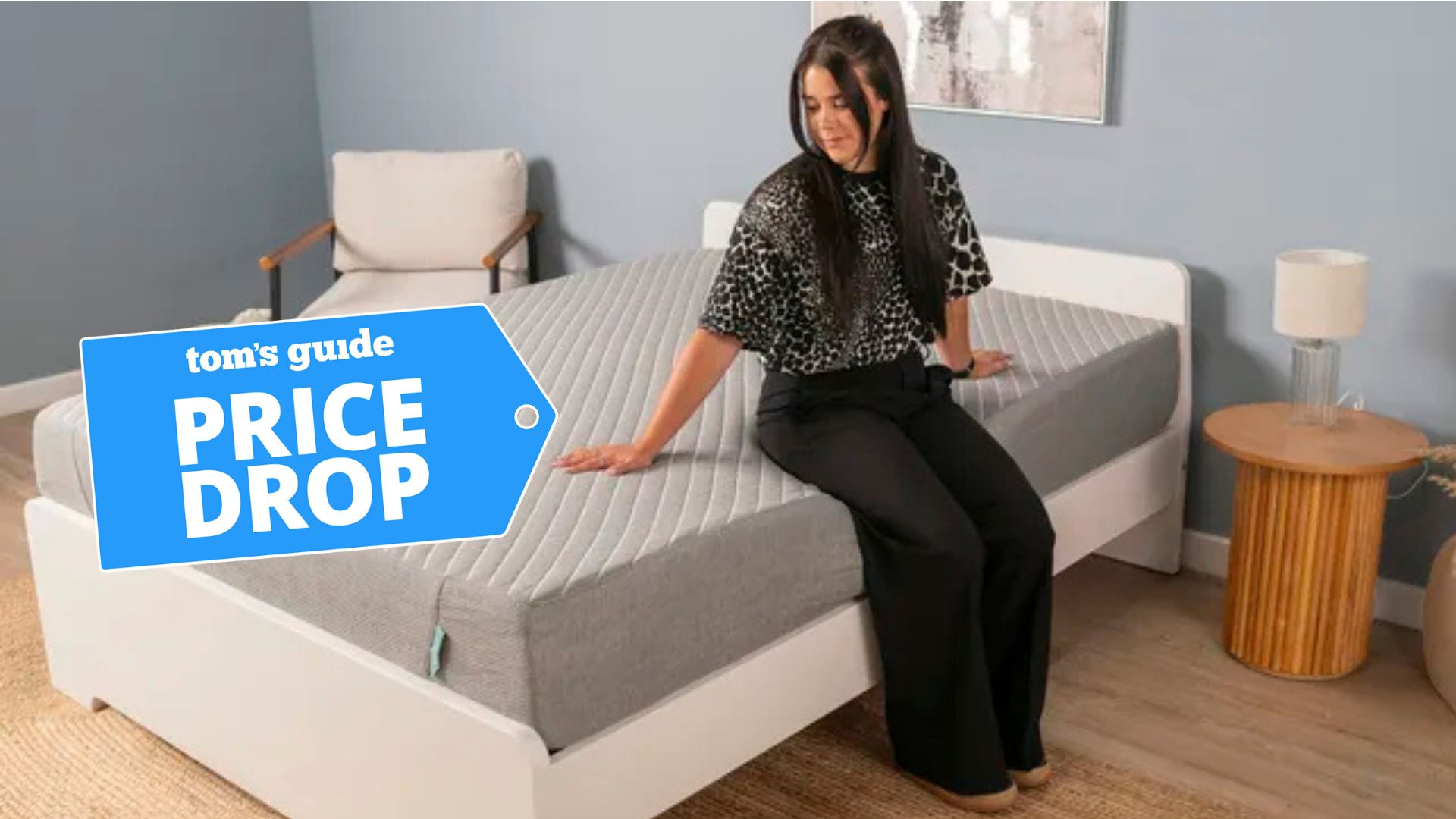
Just like you, I love a good deal. That’s why I try to do a lot of my big purchase shopping around Black Friday and Cyber Monday — 99% of my PC was built with parts I bought during those deal days — but, inevitably, I end up buying some bigger ticket items in the summer months too.
While the summer isn’t the best time for TV deals — though you should check out our Memorial Day sales just in case — there are a ton of great options if you don’t want to spend more than $500. Yes, the more you spend on a TV the better it typically is, but if you aren’t looking for the top-of-the-line, cutting-edge QD-OLED like the new Samsung S95C, then you can find plenty of awesome options under $500.
My current favorite? The Hisense U6H ULED TV. It has a lot of great features including built-in Google TV with Chromecast and its performance rivals TVs that are double the price.
It can be tempting to drop big bucks on a new 4K TV, especially when you care about having the best possible picture performance but if you want a great value TV, I recommend the U6H.
Good performance at an even better price
Admittedly, I hadn’t expected much from Hisense’s entry-level ULED TV. I knew the higher-tier Hisense U8H was going to be great thanks to its use of Mini-LED and quantum dot, but the U6H’s specs didn’t indicate that it was going to be anything special.
That all changed when we got it in the lab for testing, however. The results prove that it’s better than most of its peers when it comes to brightness and color accuracy while its feature set helps it to rival some of the best TVs under $1,000.
| Row 0 - Cell 0 | Hisense U6H | Amazon Fire TV Omni | Samsung Q60B |
| SDR Brightness (10%, in nits) | 537 | 433 | 315 |
| Delta-E (lower is better) | 2.9942 | 1.9696 | 1.7727 |
| Rec. 709 Gamut Coverage | 97.07% | 97.46% | 98.81% |
| HDR Brightness (10%, in nits) | 645 | 523 | 454 |
| UHDA-P3 Gamut Coverage | 94.02% | 95.82% | 90.57% |
| Rec. 2020 Gamut Coverage | 69.19% | 73.92% | 67.33% |
Specifically it’s worth calling out the TV’s brightness. In standard SDR, it’s putting out upwards of 565 nits of brightness while in HDR it’s hitting 645 nits in a 10% window. The latter isn’t as close as we’d like to the 1,000-nit recommendation set out by the UHD Alliance, but it’s much better than its peers and the former number is more than enough for stellar SDR performance.
Sign up to get the BEST of Tom's Guide direct to your inbox.
Get instant access to breaking news, the hottest reviews, great deals and helpful tips.
It’s the same story for color accuracy and saturation — its performance is stronger than most of its peers and almost reaches the levels of some significantly more expensive TVs.
Adding to the outstanding performance of the Hisense U6H was its excellent feature set. It comes equipped with support for Dolby Vision HDR and Atmos sound, plus it has an incredibly low response time that gamers will appreciate.
What about access to streaming services? The Hisense U6H has the latest version of Google TV that, in my opinion, has one of the best user interfaces out of any smart TV platform and one of the most robust selections of apps. For smart home enthusiasts, Google TV comes with Google Assistant built in, which means you can control your smart home without leaving the couch.
…of course, there is another TV under $1,000 I recommend as well

I think, for the sticker price, it’s nearly impossible to beat the Hisense U6H. It just outperforms every other TV in its class and offers the best mix of features. It’s good — but there is better.
Say you had just an extra $150 to spare. Should you still buy the Hisense U6H? That’s where things get a bit tricky as the TCL 6-Series R655 is another really good option that’s just outside of the $500 range but well-worth considering if you have a slightly larger budget.
The biggest upgrade is the switch from a native 60Hz LED-LCD panel to a 120Hz native panel. With HDMI 2.1 ports, the 6-Series is able to play games at a full 4K/120Hz.
So what makes the 6-Series a better buy? The biggest upgrade is the switch from a native 60Hz LED-LCD panel to a 120Hz native panel. With HDMI 2.1 ports, the 6-Series is able to play games at a full 4K/120Hz while the Hisense U6H is limited to 4K/60.
| Row 0 - Cell 0 | Hisense U6H | TCL Series-6 Roku TV | Vizio M-Series Quantum |
| SDR Brightness (10%, in nits) | 537 | 523 | 121 |
| Delta-E (lower is better) | 2.9942 | 4.0367 | 1.85 |
| Rec. 709 Gamut Coverage | 97.07% | 96.59% | 98.4549 |
| HDR Brightness (10%, in nits) | 645 | 970 | 428 |
| UHDA-P3 Gamut Coverage | 94.02% | 96.35% | 97.17% |
| Rec. 2020 Gamut Coverage | 69.19% | 76.93% | 81.61% |
The other big advantage of the TCL 6-Series is its improved HDR brightness of 1,000 nits — that level is what the UHD Alliance recommends for properly displaying HDR. A higher brightness also means better color saturation, which will make movies and shows really pop.
The TCL 6-Series isn’t going to be for everyone, especially folks who just want a decent TV that’s under $500 (hence why I started with the Hisense), but if your budget stretches a bit further than the 6-Series is worth the extra bit of cash.
More from Tom's Guide

Nick Pino heads up the TV and AV verticals at Tom's Guide and covers everything from OLED TVs to the latest wireless headphones. He was formerly the Senior Editor, TV and AV at TechRadar (Tom's Guide's sister site) and has previously written for GamesRadar, Official Xbox Magazine, PC Gamer and other outlets over the last decade. Not sure which TV you should buy? Drop him an email or tweet him on Twitter and he can help you out.
